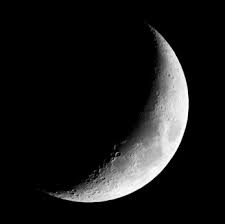Becoming a Poet
In my last blog, I wrote about the books and poems that inspired various writers as included in Light the Dark: Writers on Creativity, Inspiration, and the Artistic Process edited by Joe Fassler. If I was asked to say what book, piece of writing, or poem inspired me, changed my life in some way, I couldn’t name just one. But I could say I was inspired by solitude.
In my grandparents’ garden, I created a world for myself. I knew nothing about Emily Dickinson’s Sabbath created by staying at home or W. B. Yeats’ “I will arise and go now, and go to Innisfree.” I did know about the Bible, Reader’s Digest Condensed Books and a periodical called The Upper Room.
I had my own collection of books, most of them given to me by my Great Aunt Cec. I liked to display them as if I were a school librarian or a teacher with my dolls as pupils.
Outside, I would set up a house under the plum trees or a store behind the back porch where I’d sell discarded boxes and tins to invisible customers. I was content with the ordinary.
I was free to create my own imagined scenarios. There was such a freedom in that and while I didn’t write poetry in those early days, I learned to love the expansiveness of time when nothing really happened.
Many of my poems now go back to that place and time at my grandparents’ home where Grandpa tended to the vegetable patch and Grandma made sugar cookies in the woodstove.
Poems shine a light on individual moments – the hollyhocks at the side of the house, the pink peonies tied up with string by the front porch.
There are […]







